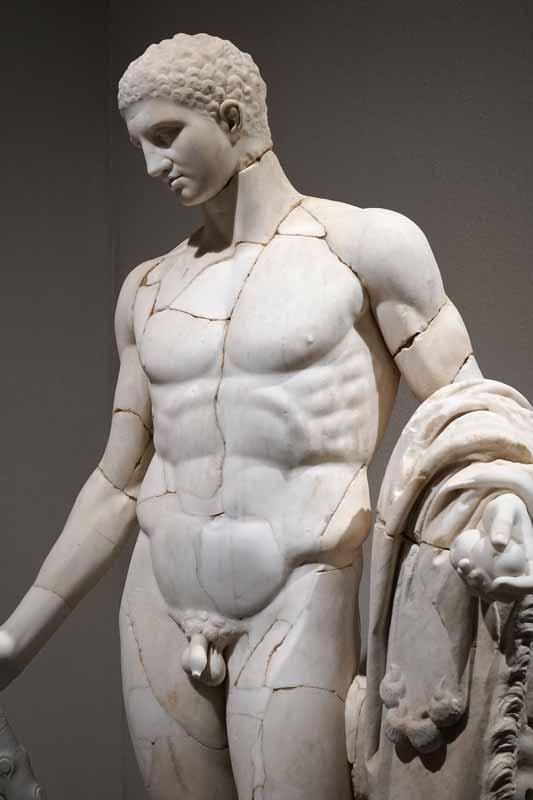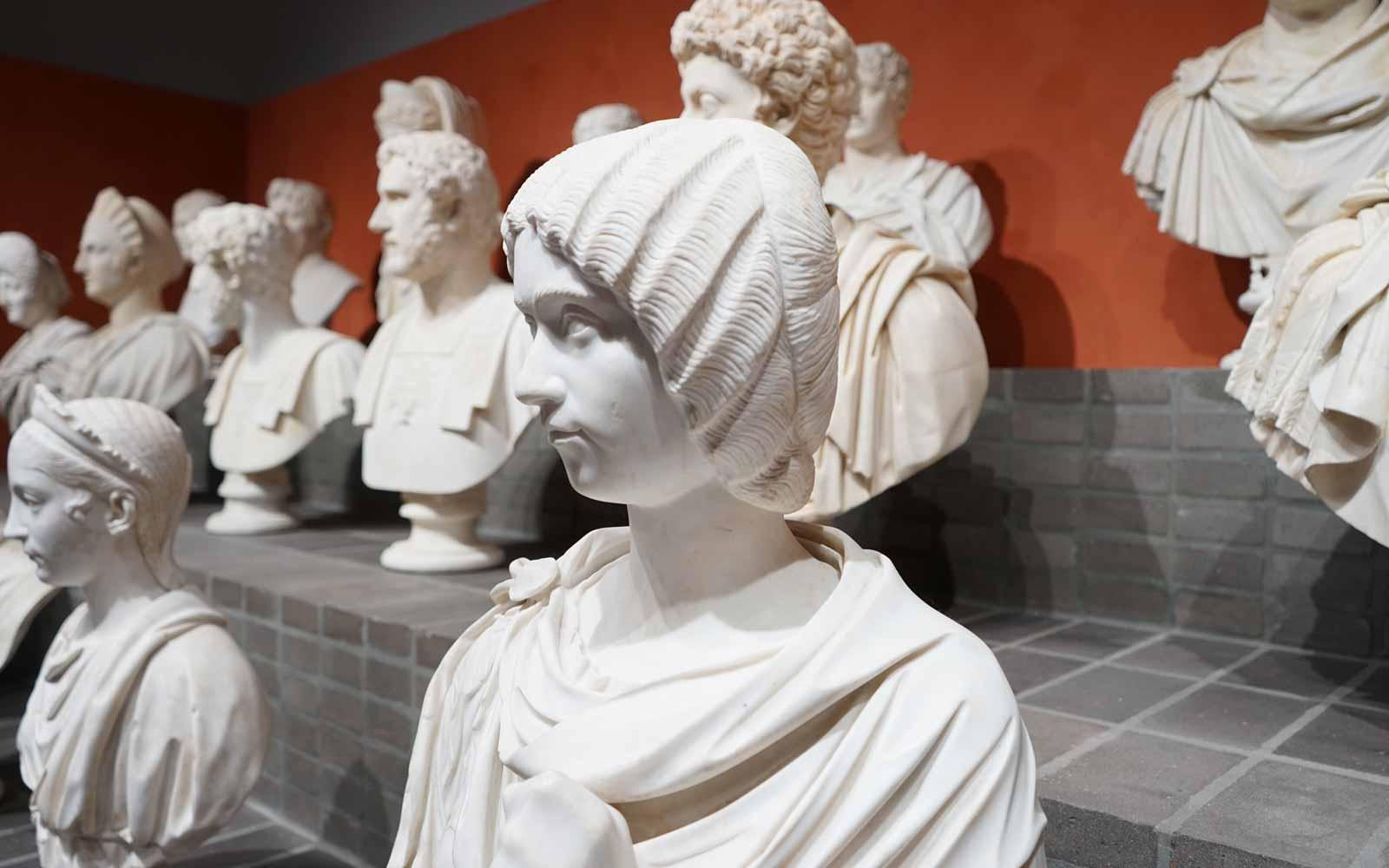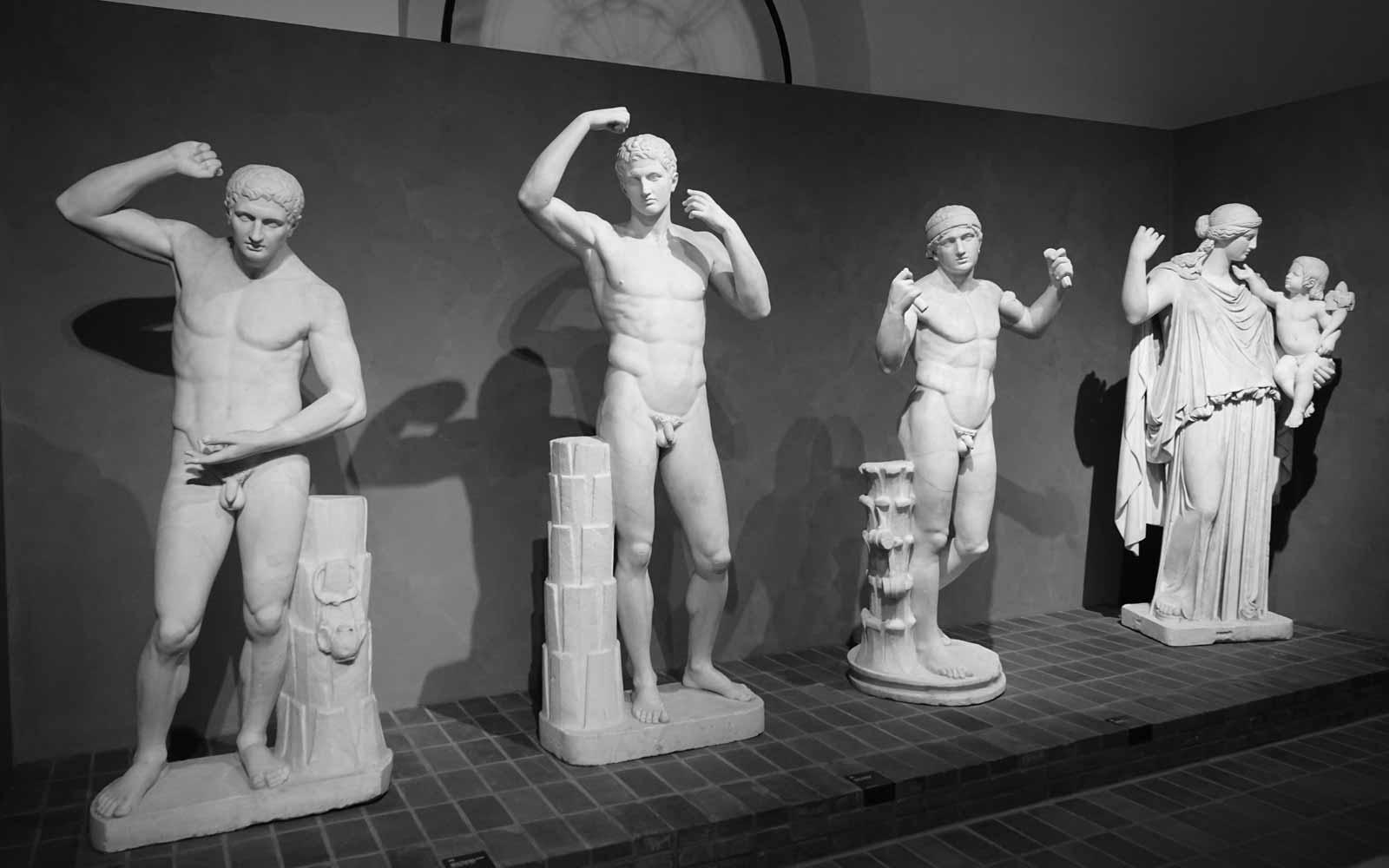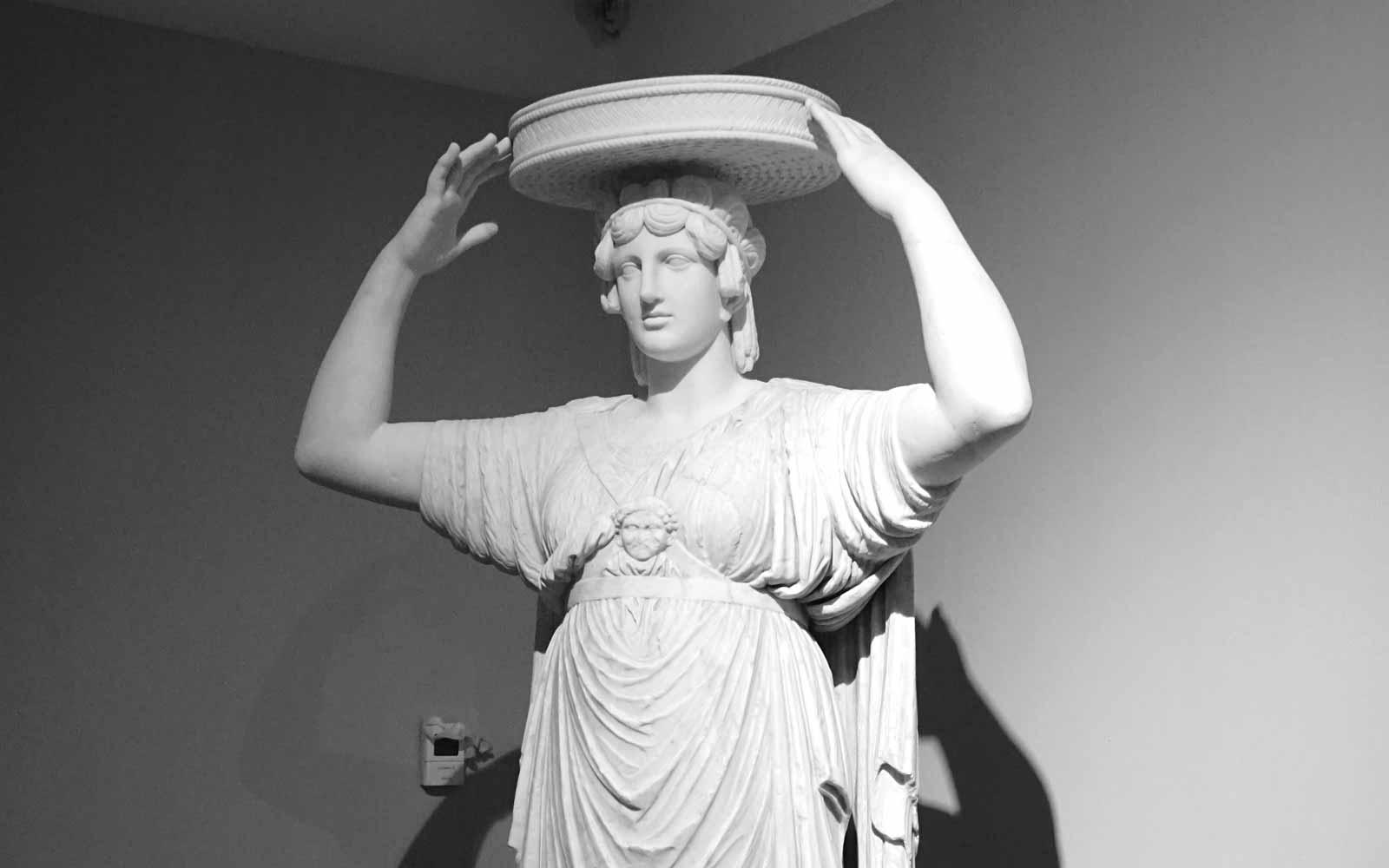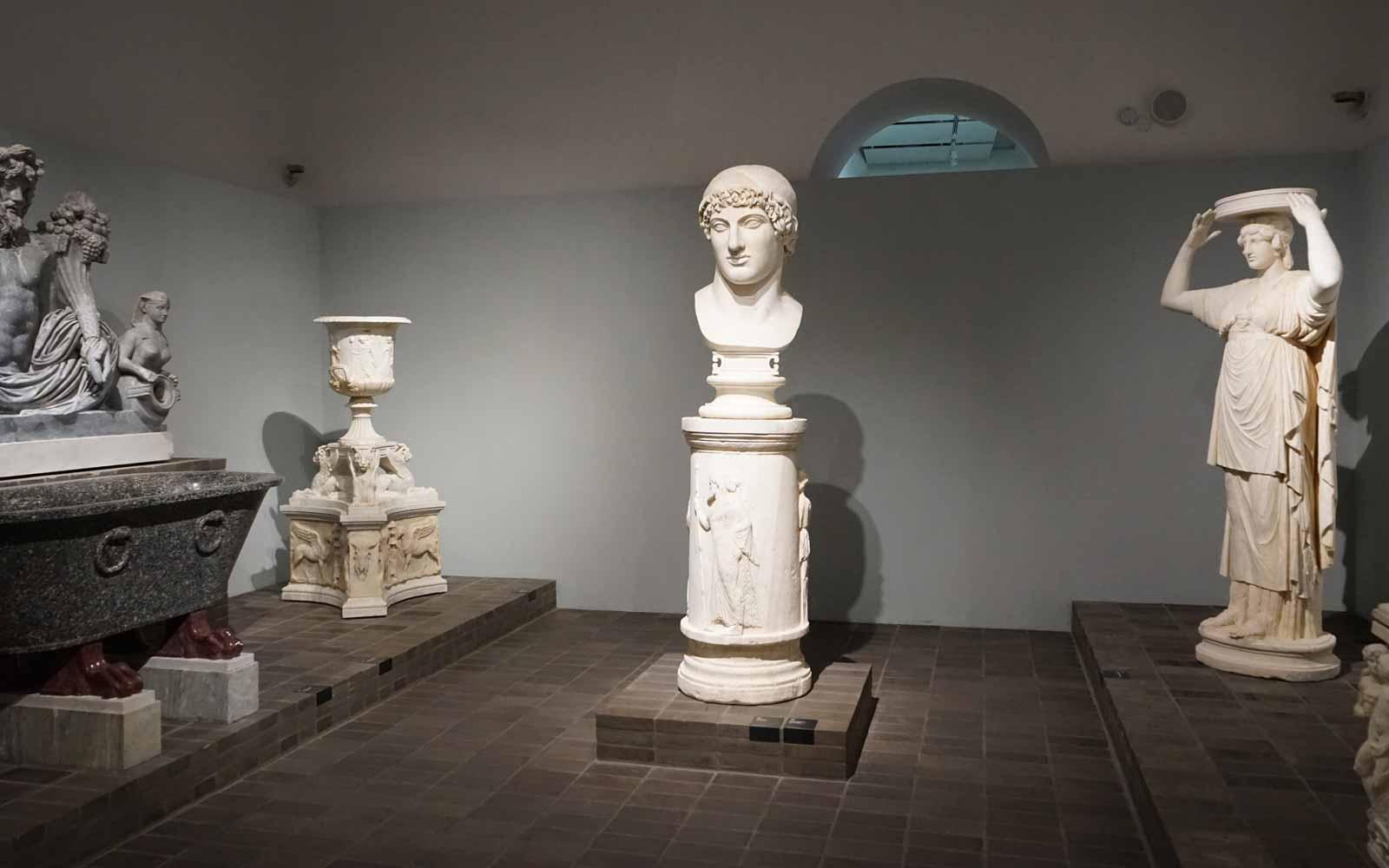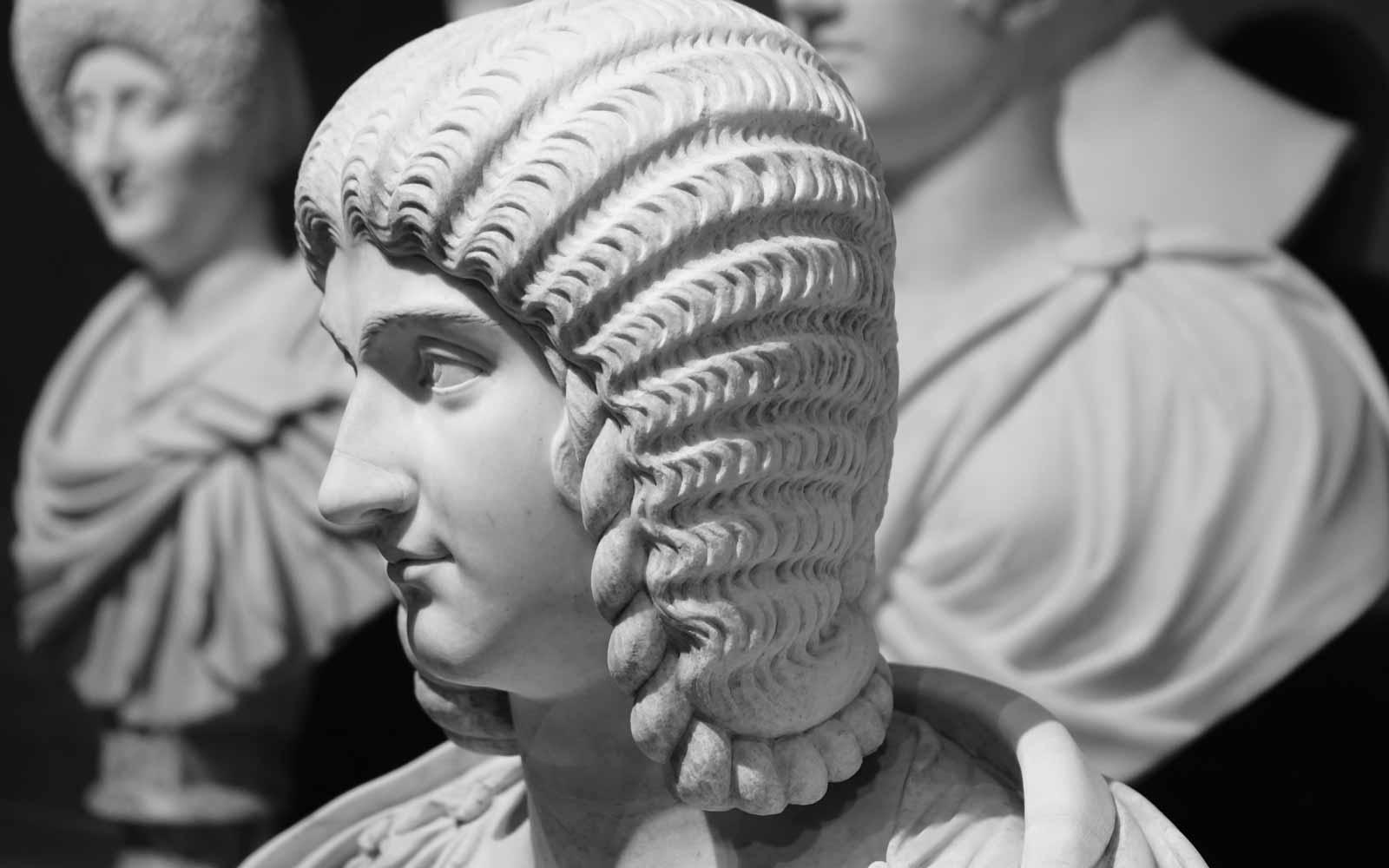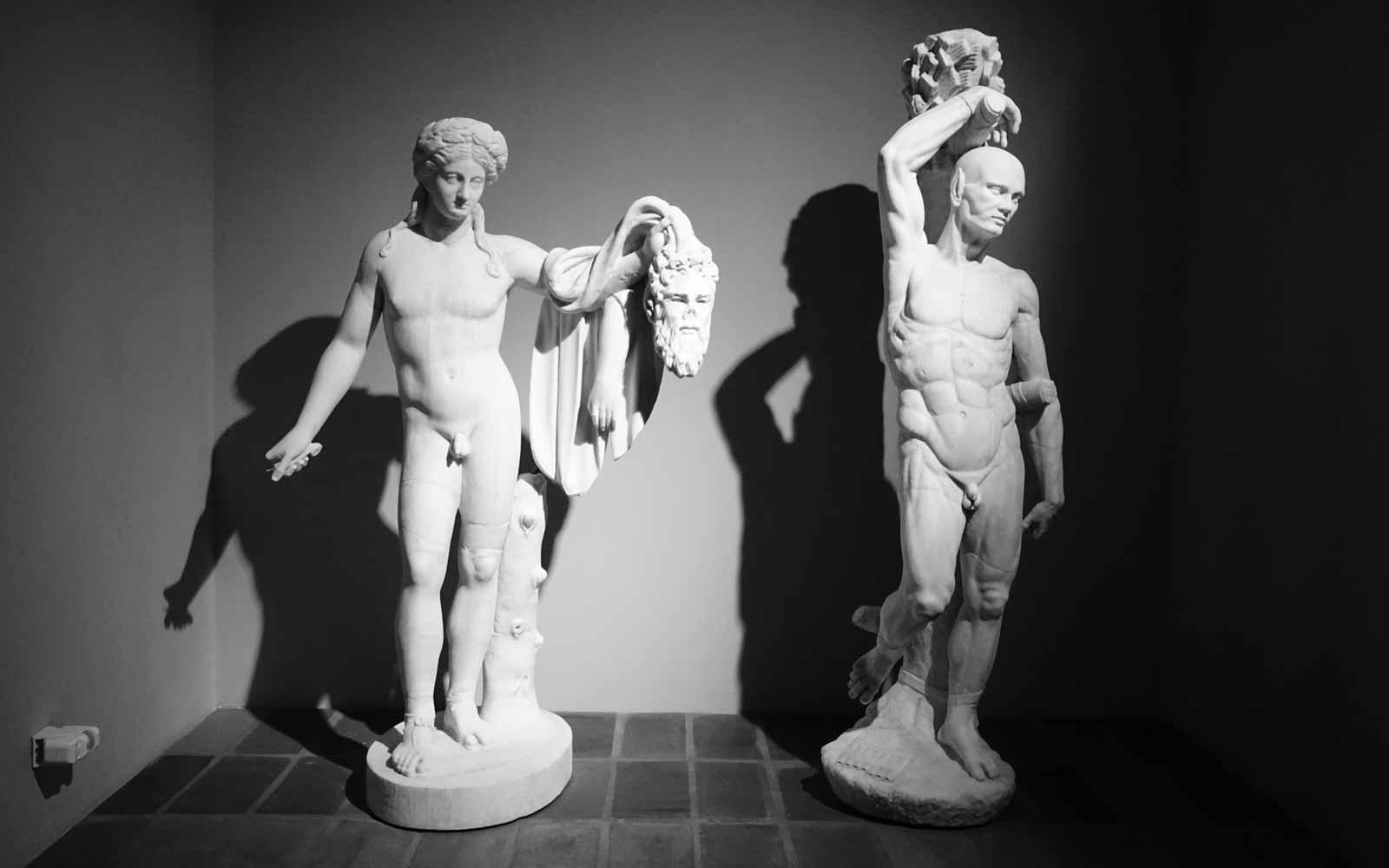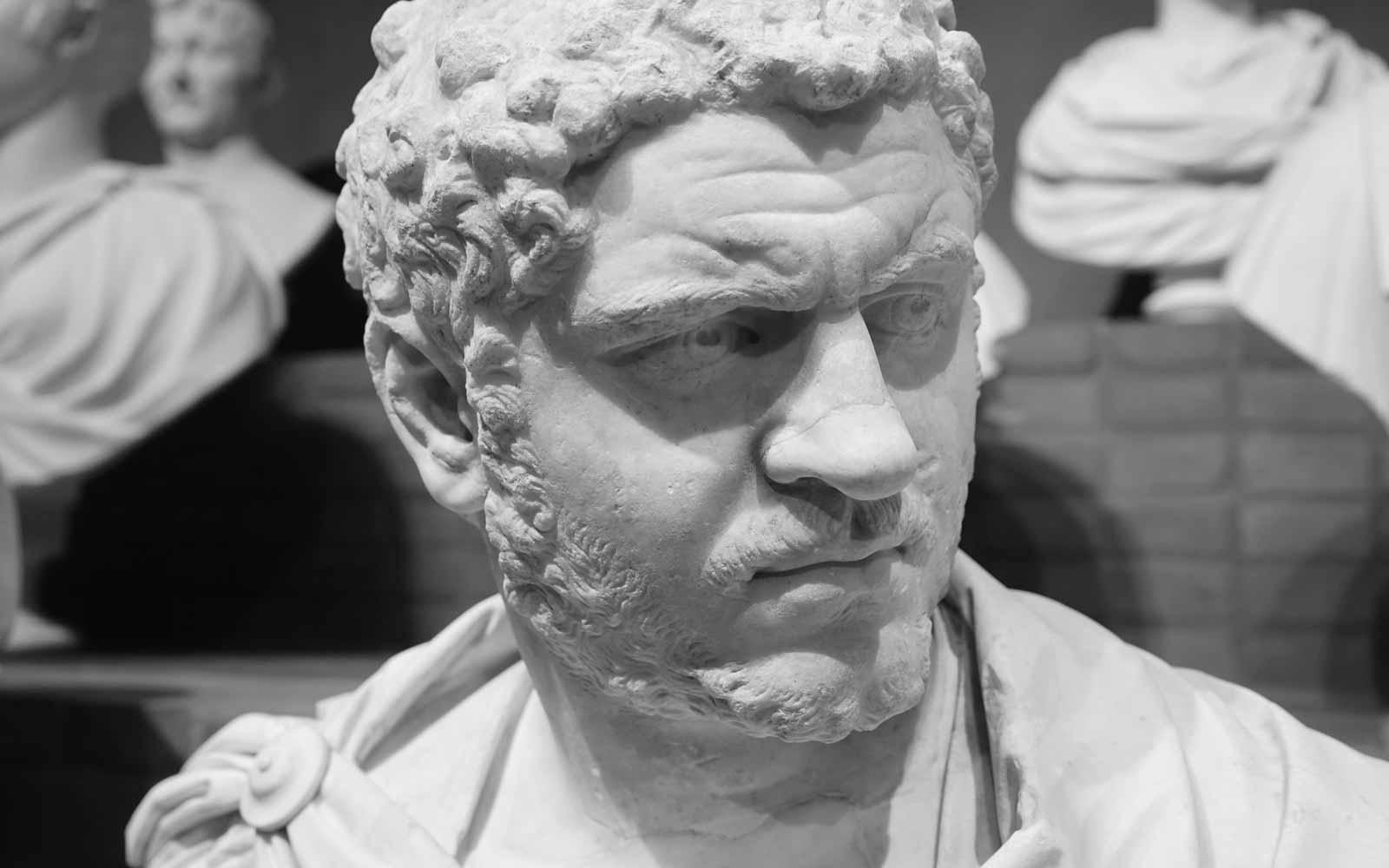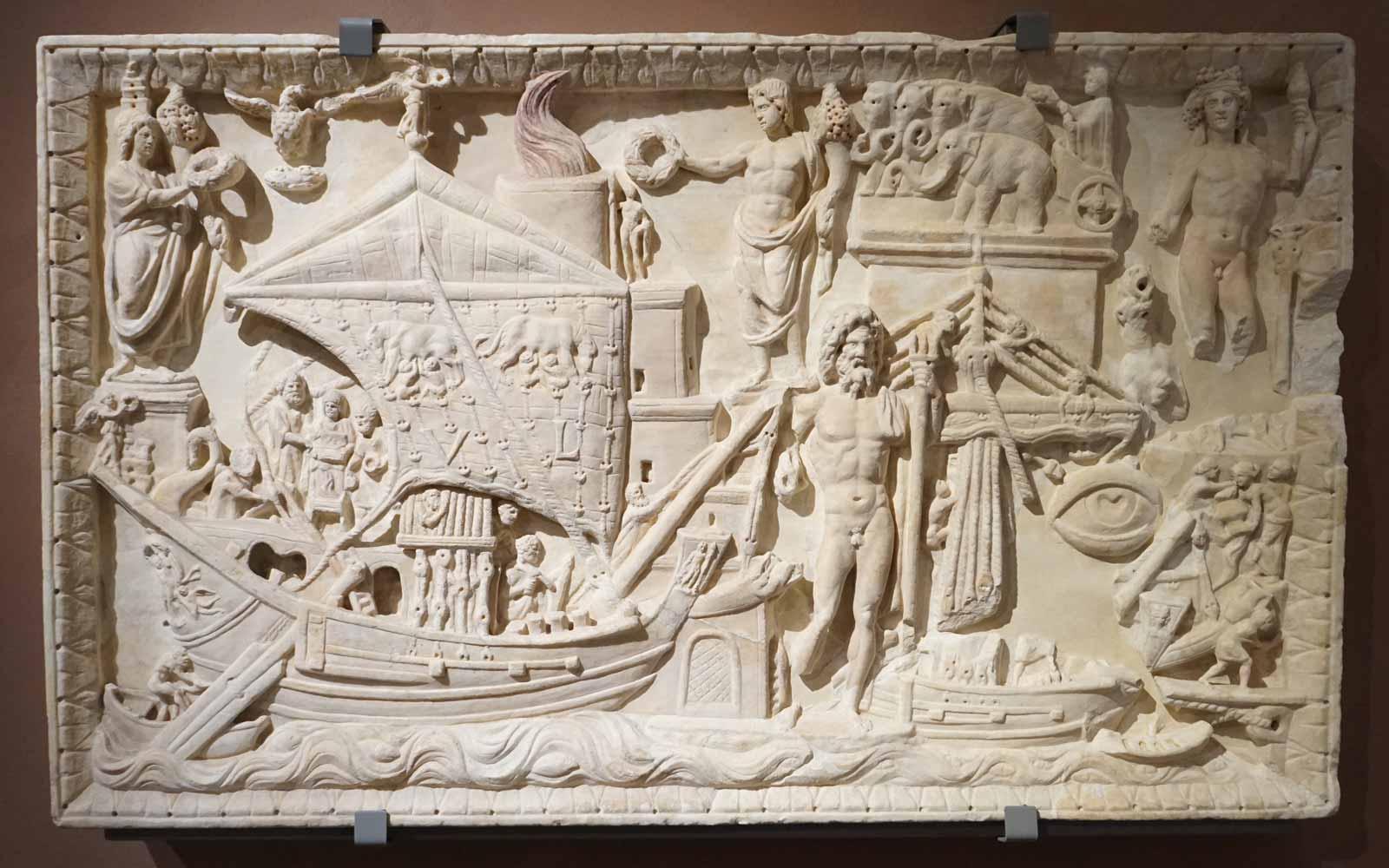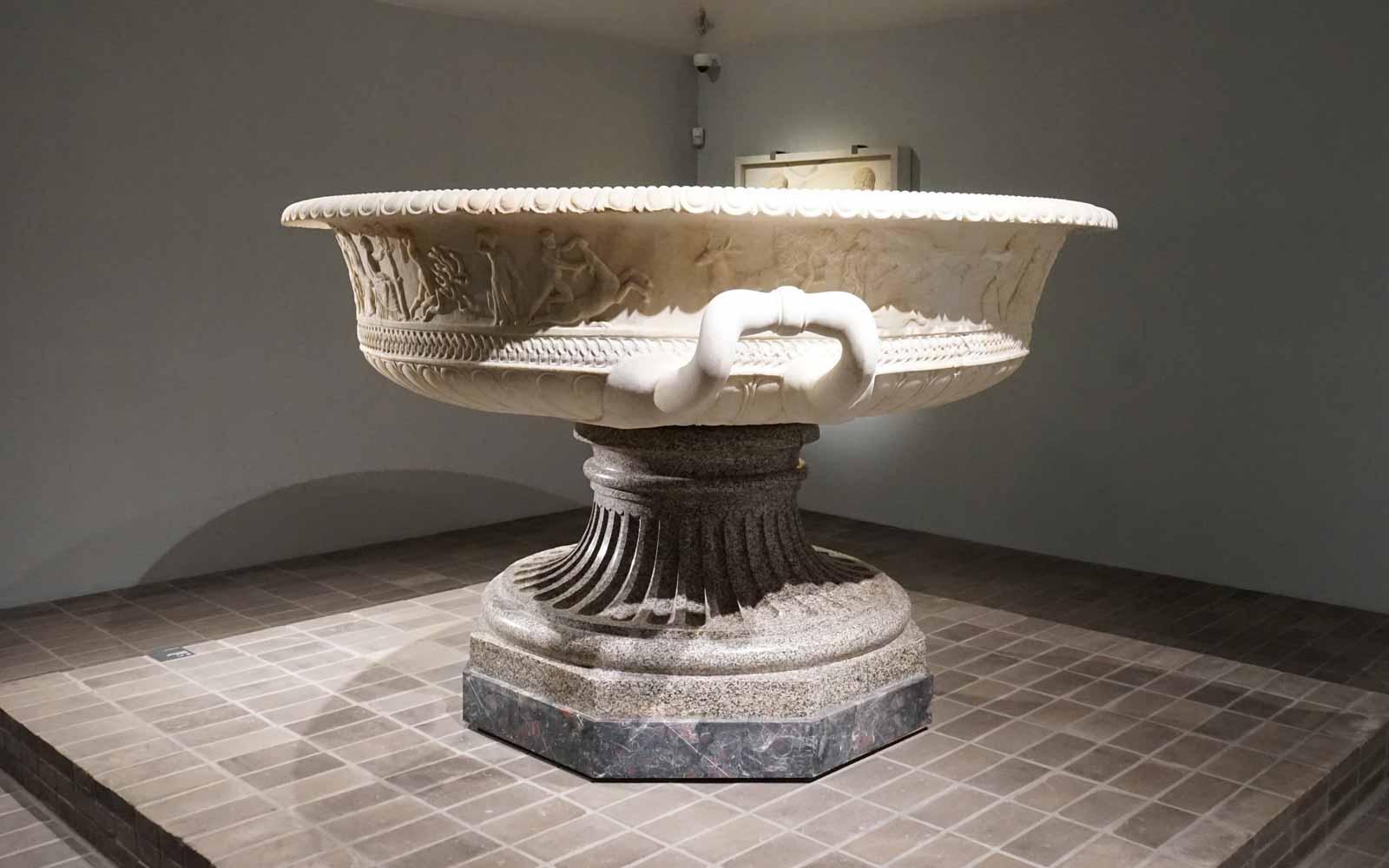After seven decades hidden from view in the basement of a closed museum, the most important private collection of ancient sculpture in the world is back on display. An exhibition currently on at Rome’s Capitoline Museums brings out of storage ninety-one pieces of Greek and Roman marble sculpture belonging to the famed and rarely seen Torlonia collection.
The excitement that has accompanied this event is understandable, not only because of the exceptional quality of the works of art on show, but because the public has not had access to these statues since the mid-twentieth century. The private Museo Torlonia, housed in an old wool factory on the right bank of the River Tiber, was opened in 1876 but had been largely closed by the 1960s.
The collection acquired an almost fabled status, a story of treasures boxed up in a basement and known only through old black and white photographs. The Torlonia Marbles: Collecting Masterpieces, curated by Salvatore Settis and Carlo Gasparri, marks the first step in making the collection (which actually comprises an impressive 620 pieces) accessible to the public on a permanent basis.





